Meet Yanbin Zhao | Filmmaker & Artist


We had the good fortune of connecting with Yanbin Zhao and we’ve shared our conversation below.
Hi Yanbin, what role has risk played in your life or career?
As a filmmaker working primarily with the format of 16mm film and within the realm of experimental cinema, I constantly find myself in the situation of taking risks. In many previous projects I worked on, I had to begin the process without knowing exactly what the films were about, which often led to enormous potentials but also huge risks in failing the projects. However, I believe that not only the risk-taking is a key element in the creation of my films, but also the core value of it. The spirit of willing to take risk is what makes my works the way they are today. I began to experiment with film emulsions in 2021 during my study at CalArts under the guidance of Charlotte Pryce. I immediately fell in love with the hand-processed images of black and white 16mm film and was overwhelmed by the possibilities of it. Unlike a ghostly stable image that a digital camera creates, film emulsion is much more vibrant because it decays and destabilises with time, and with hand-processing and other experimental photochemical process, an image would become much more activated as each frame has its own uniqueness to it. Almost always there is something uncontrollable that happens during the developing, both good surprises and the bad ones. With that in mind, I have made three films with hand processing techniques in the past year, mostly dealing with the idea of “distance”–the distance between the reality and an intangible history, or the distance in language and relationship, etc.
Similar to the approach to the imagery, my filmmaking process is also all about taking risks–instead of a script, I often began the project with a poem or an image in my head, because for me, what is more important for a film is the energy it possesses and conveys, instead of the delivery of precise image or plot. I constantly found myself lost in the process of making a film and had to begin again and again, making adjustments while adding more ideas, until the film was finished in a rich and meaningful way. There were failures and imperfections along the way, but the process of making a film like this is always more important than the product of it.
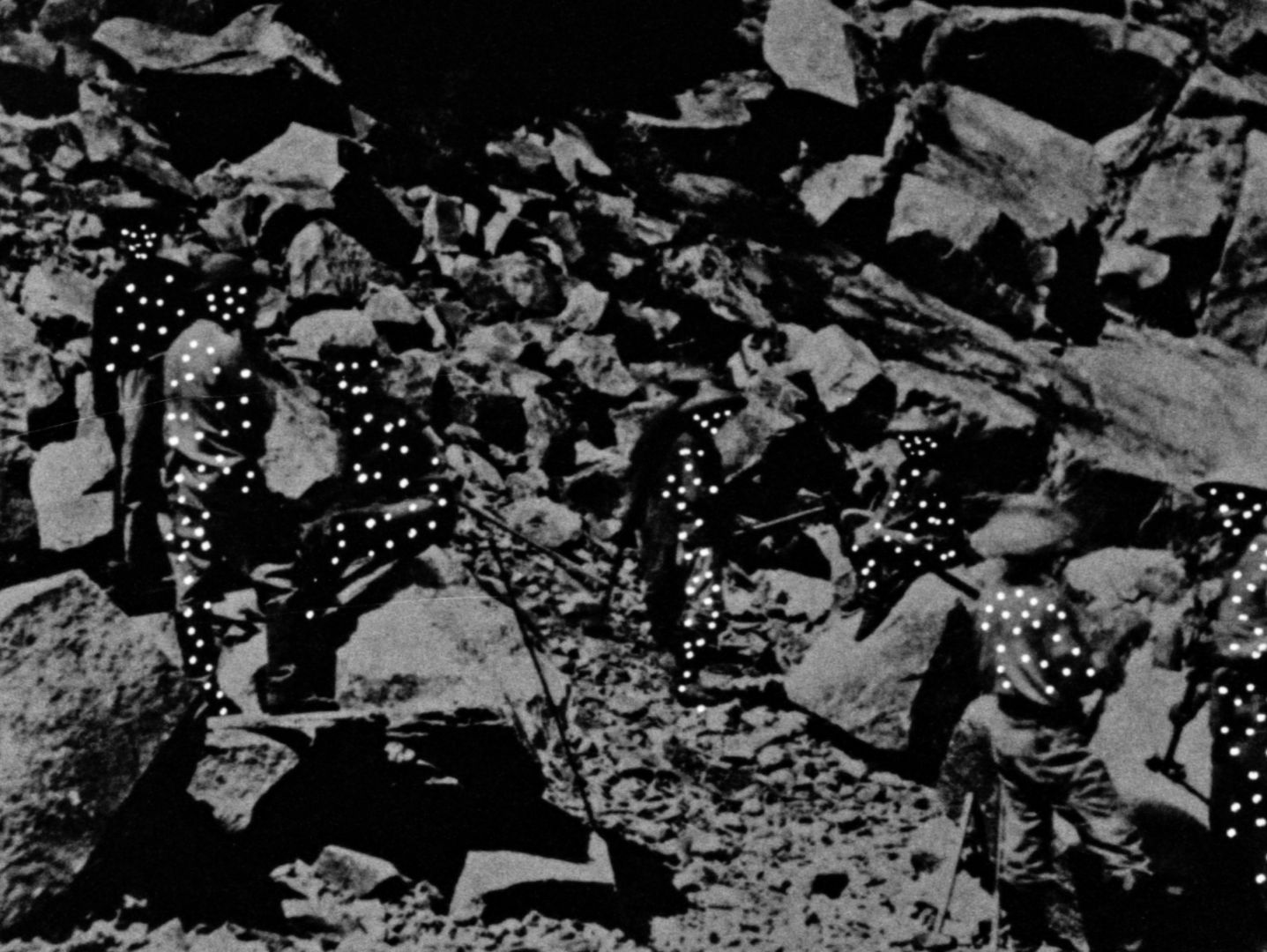
Can you open up a bit about your work and career? We’re big fans and we’d love for our community to learn more about your work.
My film and installation works focus on the interpretation of “distance” in the sense of temporality and spatiality, as well as the ruptures and relations it creates on the historical, political, cultural, and personal level. Through a variety of forms including 16mm experimental film, video installation, performance, photography, and mixed media, my reflections on themes such as labour, memory, and diaspora attempt to explore the possibility in translating and materializing the intangible, leading to a kind of conjuring-like art practice. In recent years, I have developed strong interest in the kind of works that attempts to discuss a complex subject which is also somehow intangible, such as culture, history, or memory. In these subjects, what interests me the most is the distance between the viewer/maker and the subject matter, since a piece of history or memory belongs to the past and is constantly erased/reconstructed with time, it also creates massive openness and potential for creation. Specifically speaking, I am interested in making works that deal with reinterpretation of the complex issue of history, culture, politics, and memory, through a variety of creative strategies, including reappropriating archives and photochemical processing.
My most recent work in progress, called Where the Sea Stands Still, is an experimental documentary that revisits the history of Angel Island Immigration Station during the years of Chinese Exclusion Act through the perspective of a fictional character–a Cantonese exile from the future, as an attempt to reactivate and access the history of Chinese diaspora through a tactile, sensorial perspective. The film, which is entirely shot on 16mm black and white film and hand-processed, draws elements from the visual archive, landscape cinema, and science fiction, in order to weave a storytelling that parallels and mirrors the Asian diaspora experience as a metaphor.
My other works that have significant meanings to me include Remaining Silent, a silent film capturing the demolition and relocation process in Shanghai, China, a city where I was born and lived for over two decades. Through a series of seemingly tranquil yet ghostly shots, I attempt to create a field where the past, the present, and the future collides and intersects, revealing the haunting nature of urbanization by addressing the inevitable erasure of the culture, the memory, and the physical presence of the residents.
Two other films, Night and Day, and Om, are made during the COVID lockdown in LA and shortly after the pandemic. Both films are extremely personal as they are about my own displacement experience during the lockdown. In both films, I used recorded phone conversations with my family during the lockdown as a driving force, then slowly delved into a multi-layered reality. I began to find my own voice during the pandemic and eventually shifted my focus from narrative films to experimental cinema, because I found immense freedom in the way it allowed me to express, articulate, and unfold upon a complex reality with an openness for interpretation.
Nothing is easy for an artist living and working far away from their homeland with so much alienation, discrimination, as well as everyday life and visa issue to deal with. However, in an ideal world, we live for our passion, and the passion is the one and only reason that I’m still working today.
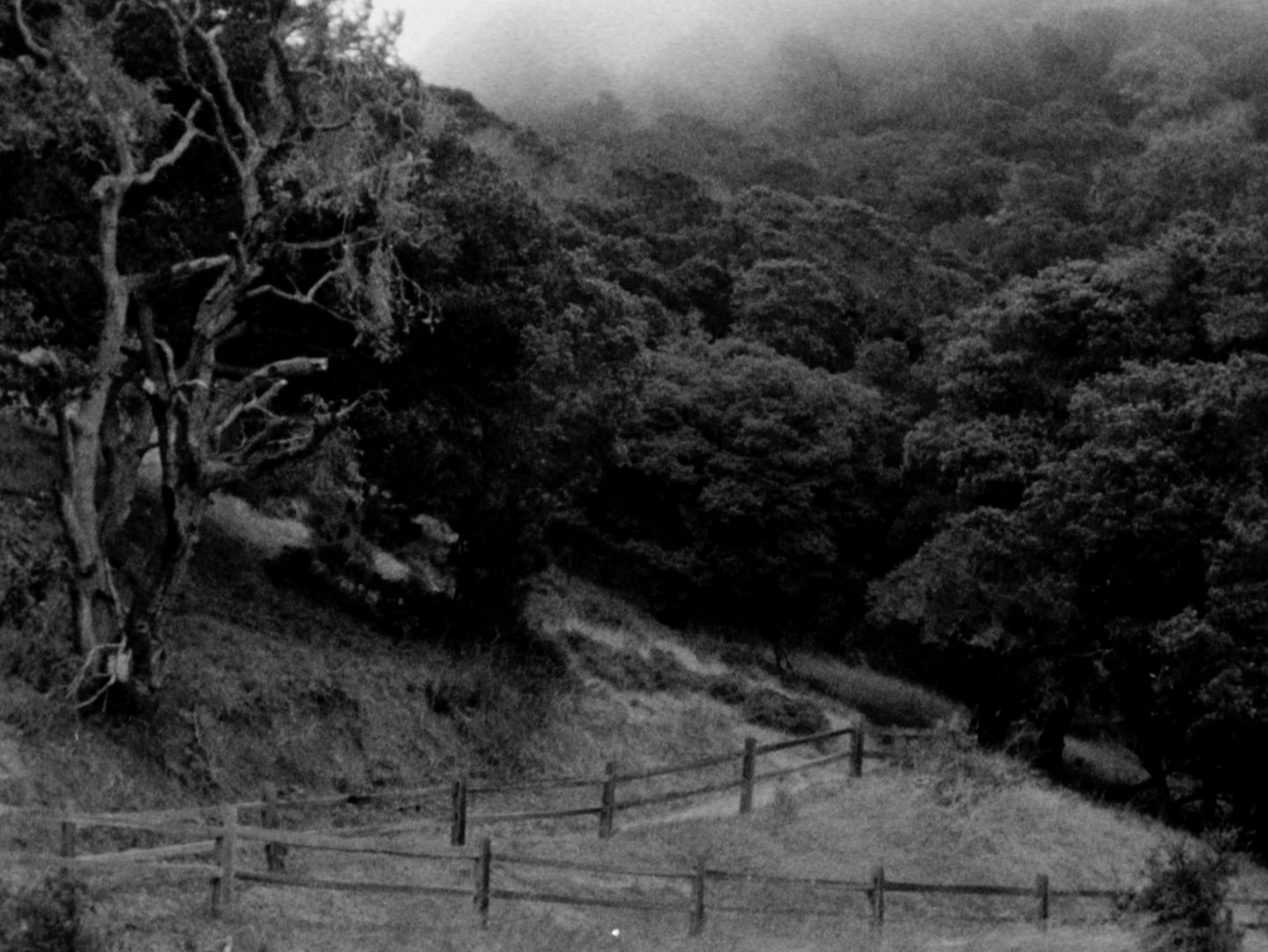
If you had a friend visiting you, what are some of the local spots you’d want to take them around to?
I would take them to a hiking trail or a beach and see the sunset.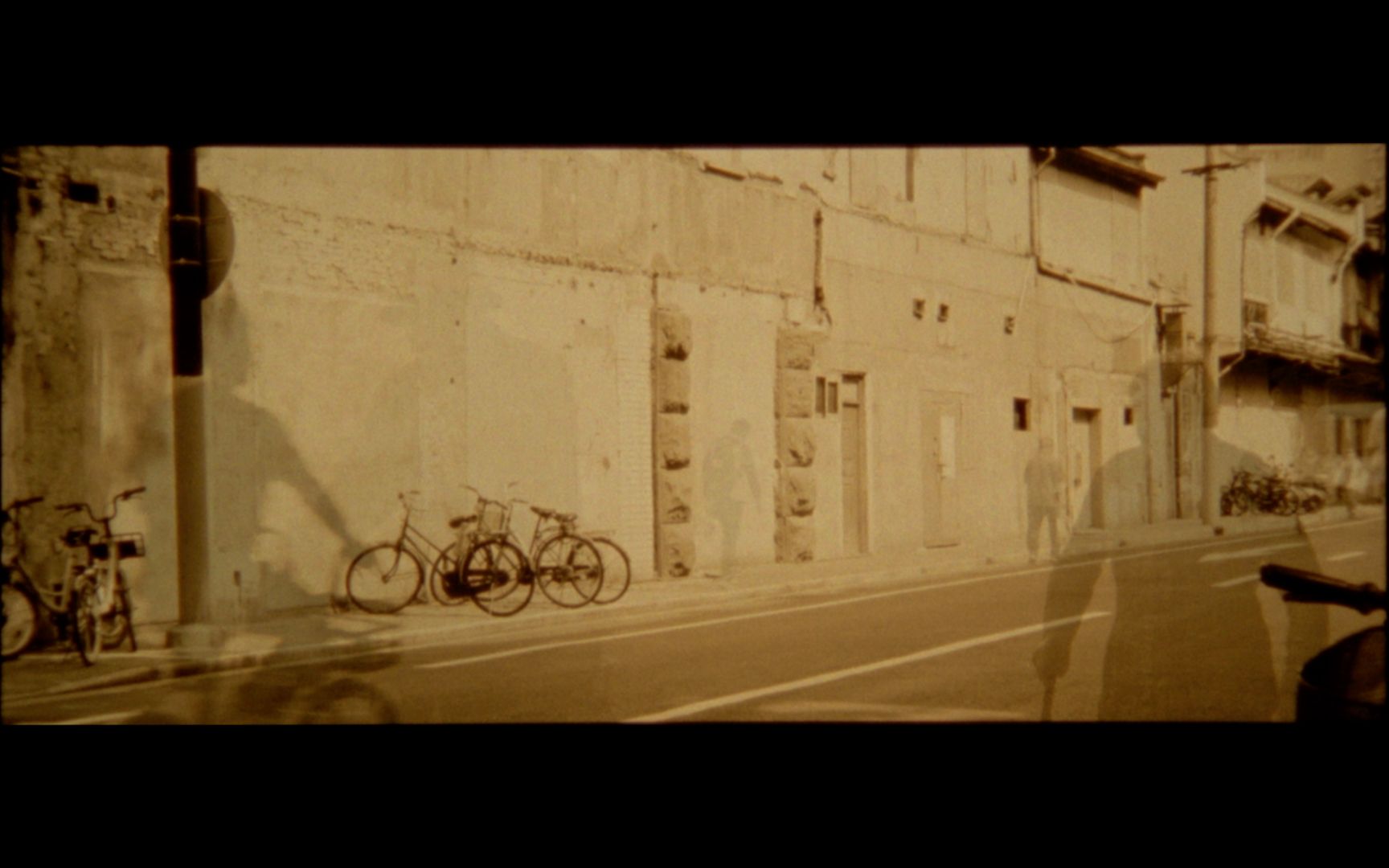
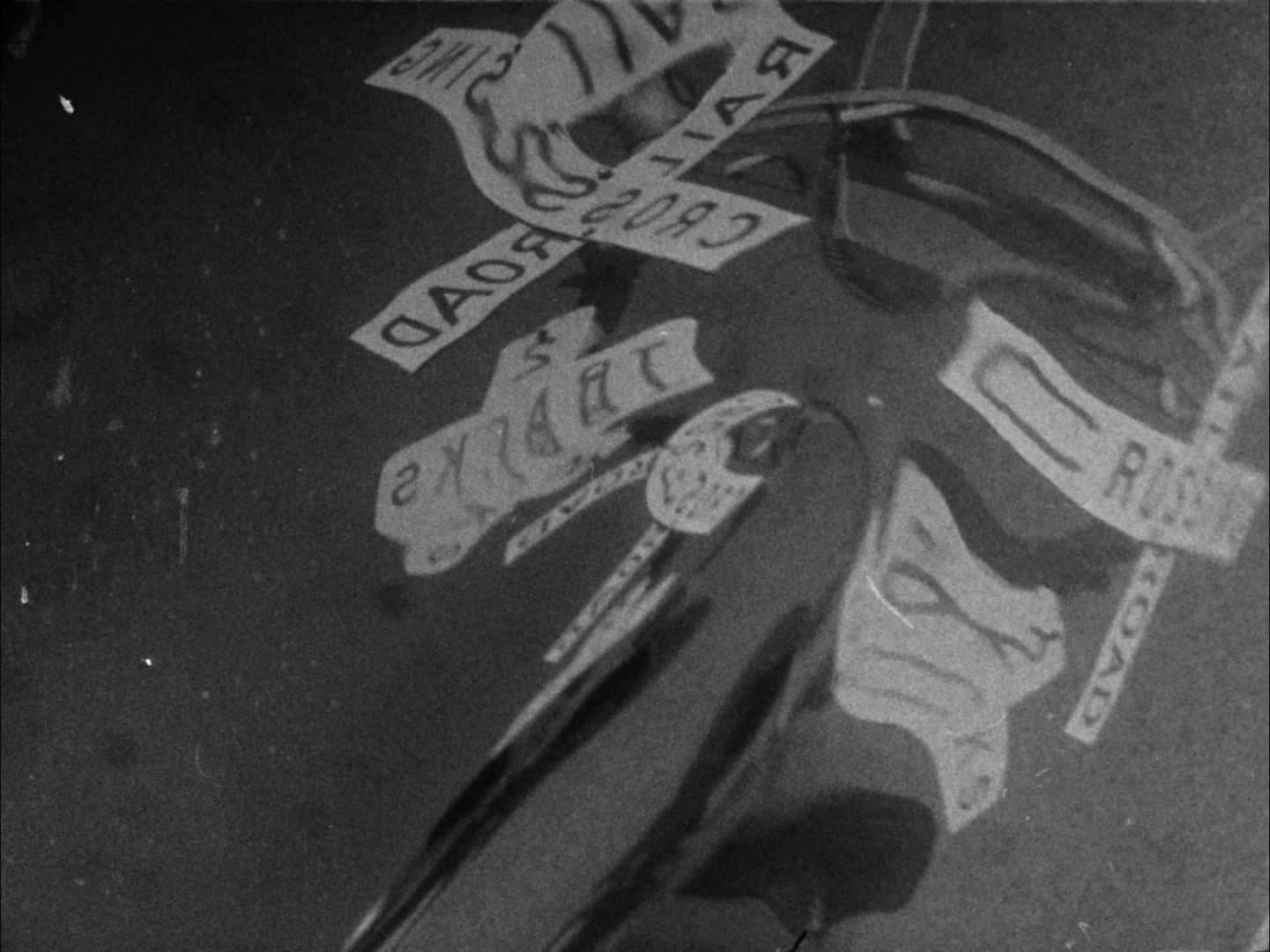
Who else deserves some credit and recognition?
I want to thank Kenix Liang for all the love, support, encouragement along the way. She is a wonderful artist whose art nourishes and inspires me so much. But more importantly is how wonderful she is as a human being and a partner. I wouldn’t have gotten this far in my career without her. I also want to thank Lee Anne Schmitt and Charlotte Pryce who were the true mentors to me and helped me so much in all aspects of creative practice. And of course, my parents who never stopped trusting and supporting me in what I do even though they had little idea regarding cinema or art. As someone who lives so far away from his homeland, their support are crucial to any of my achievements today.
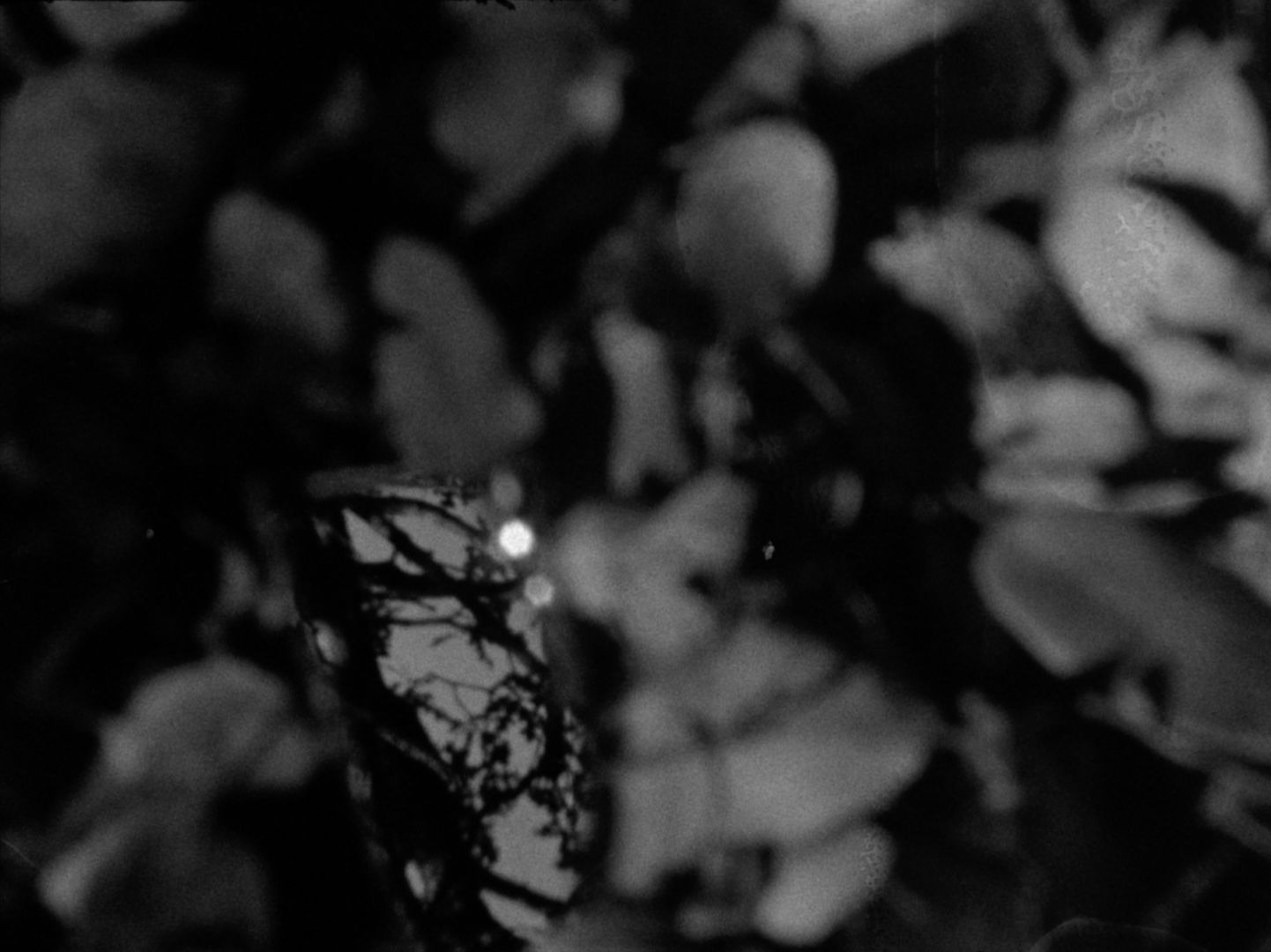
Website: yanbinzhao.com
Instagram: zhao.yanbin
Linkedin: Yanbin Zhao
